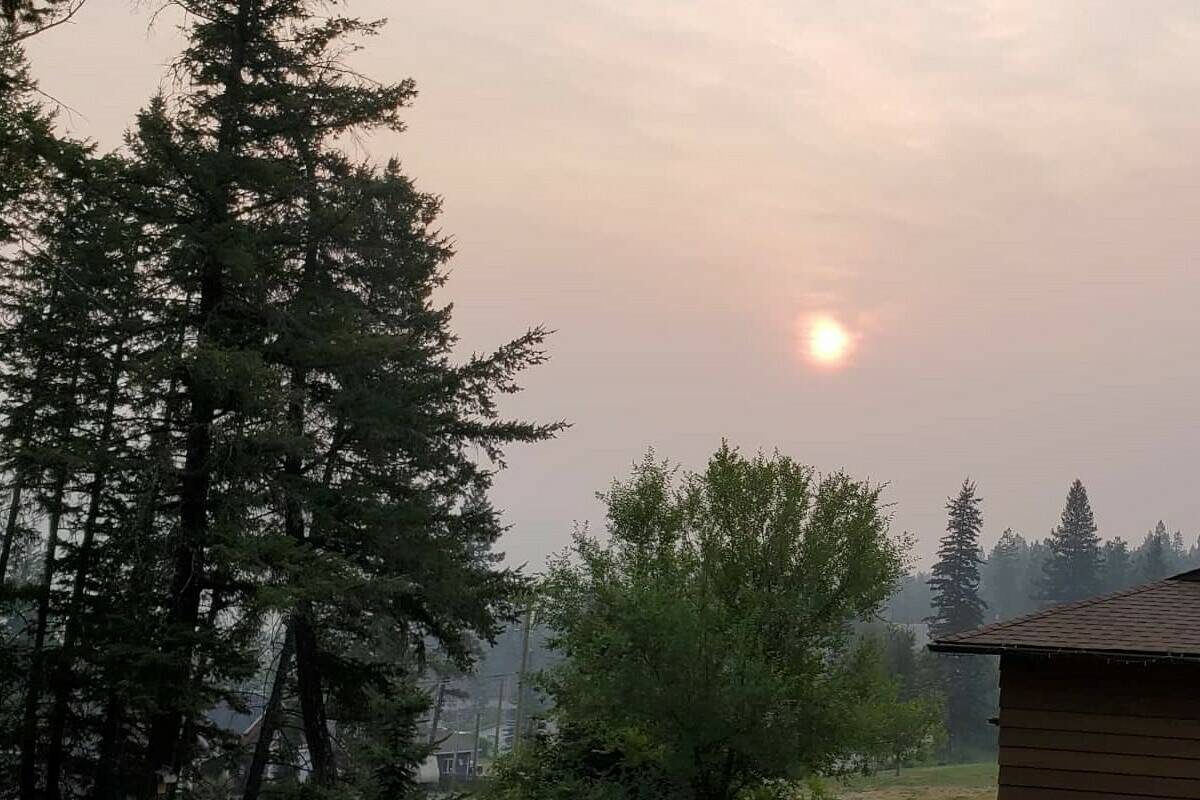Most areas of B.C. are set to experience above average heat this week, and Environment Canada is warning residents to be ready.
The weather agency issued heat warnings across the province first thing Monday (July 25) morning, stretching as far north as Terrace and all the way to the southern border. Only the northern-most part of B.C., the north coast, the western side of Vancouver Island, and the south-east corner of the province are exempt from the warnings so far.
The worst of the heat is set to hit the Okanagan and Kootenays, where daily highs will hit in the high-30s and possibly low-40s throughout the week. They’ll see nightly lows around 18 C.
In Metro Vancouver, the Fraser Valley and Vancouver Island, daytime highs will range between 31 C and 35 C inland, and 25 C to 29 C near the water. Lows will range between 15 C and 17 C, according to Environment Canada.
Heading north, areas like Kitimat, Terrace and Bella Coola will experience highs between 30 C and 32 C and lows around 15 C to 17 C. In the North Columbia and North Thompson regions, highs will range more widely between 29 C and 34 C. Lows there are forecast to hit 12 C to 14 C.
For each region, Environment Canada says temperatures are set to peak from Wednesday to Friday due to an incoming strong ridge of high pressure. A slow cooling trend is expected to begin come the weekend and start of August.
Environment Canada says the hottest time of the day will be late afternoon to early evening. People are reminded to watch out for symptoms of heat illness in themselves, loved ones and neighbours and to seek out cool places and hydration whenever possible.
During 2021’s heat dome, 619 people died as a result of the unprecedented temperatures. Of them, the majority were above the age of 70, were living alone or had a chronic health condition. The overwhelming majority (93 per cent) who died were found without an air conditioner and 76 per cent were found without a fan.
The BC Coroners Service released a report on the deaths in June, with recommendations for the province to take to stop the same thing from occurring again.
READ ALSO: Review into B.C.’s 2021 heat dome deaths finds 93% didn’t have air conditioning
At the same time, the province launched a new heat alert system. It’s divided into two levels with heat warnings issued when a region is expected to experience above-average temperatures for at least two days straight, and extreme heat emergencies triggered when that heat escalates beyond two days.
Heat warning thresholds by region:
- Southwest: daytime high of 29 C, nighttime low of 16 C
- Fraser: daytime high of 33 C, nighttime low of 17 C
- Southeast (largely interior region of B.C.): daytime high of 35 C, nighttime low of 18 C
- Northeast: daytime high of 29 C, nighttime low of 14 C
- Northwest: daytime high of 28 C, nighttime low of 13 C
Tips on staying cool during a heat wave and identifying symptoms of heat-related illness can be found at healthlinkbc.ca.
READ ALSO: B.C. launches heat alert system following 2021’s deadly heat dome
@janeskrypnek
jane.skrypnek@blackpress.ca
Like us on Facebook and follow us on Twitter.

